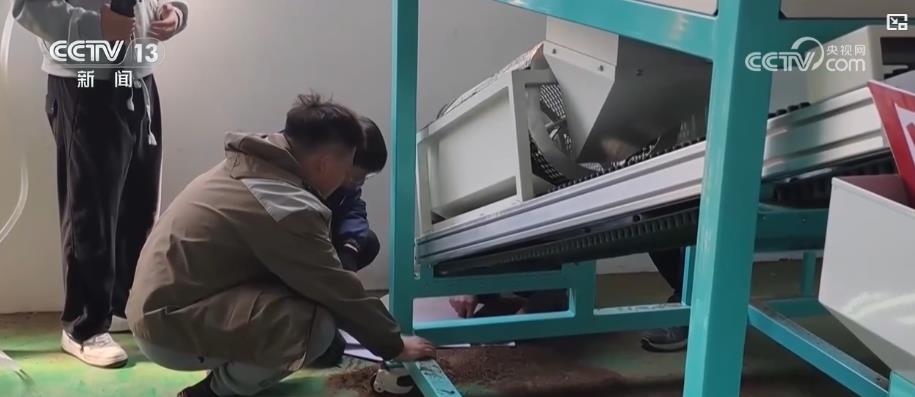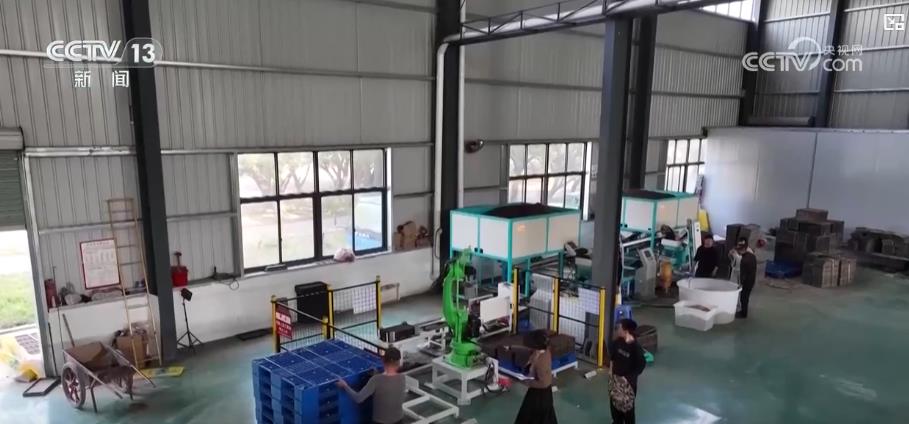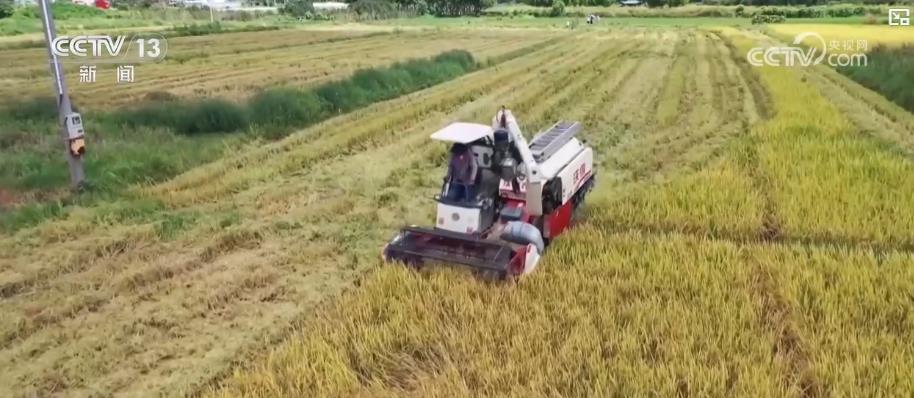CCTV News: There is a father-son soldier in Shanglinan Village, Pingyang County, Wenzhou, Zhejiang Province. His father Wu Sishu "hand transplanted rice seedlings and resisted famine" and became a "national grain grower", while his son Wu Binbin used drones and intelligent seedling cultivation to achieve "farming at fingertips".

It is now a critical period for early rice seedling cultivation, but disputes between the Wu father and son are heard from time to time in the Xinke Agricultural Service Center of Shanglinan Village. The father Wu Sishu and his son Wu Binbin are inevitable that they work together with different ideas and concepts, but the father and son are serious about farming. One solves the problem of conveyor belt blockage based on the past experience of repairing simple agricultural machinery, and the other solves the problem of throughput sensing. The father and son play their respective strengths and work together to finally understand the "temperature" of the new agricultural machinery and let them work quickly.
In 2016, Wu Binbin resigned and went home to grow grain full-time. Now, he bought the first agricultural drone in the county and obtained the civilian drone driver's license, which has become a "hot commodity" in the busy farming season.

In 2023, the Wu family and his son invested more than 16 million yuan to establish the Xinke Agricultural Service Center. In this center of more than 6,000 square meters, there are more than 100 agricultural machinery and equipment (sets). From sowing to drying and processing, we have made full progress from heaven to earth to integrate technology into the entire process of grain planting.

New technologies bring earth-shaking changes to agricultural production. Driven by large grain growers such as Wu Sishu, Shanglinan Village has become one of the largest grain production bases in Zhejiang and a well-known modern agricultural complex. In addition, the two also joined hands with 14 surrounding villages to build a 14,000 mu of "Shitang Granary·1000 mu of rural areas". The annual grain output exceeded 12,000 tons, and the average annual output per mu reached 950 kilograms.